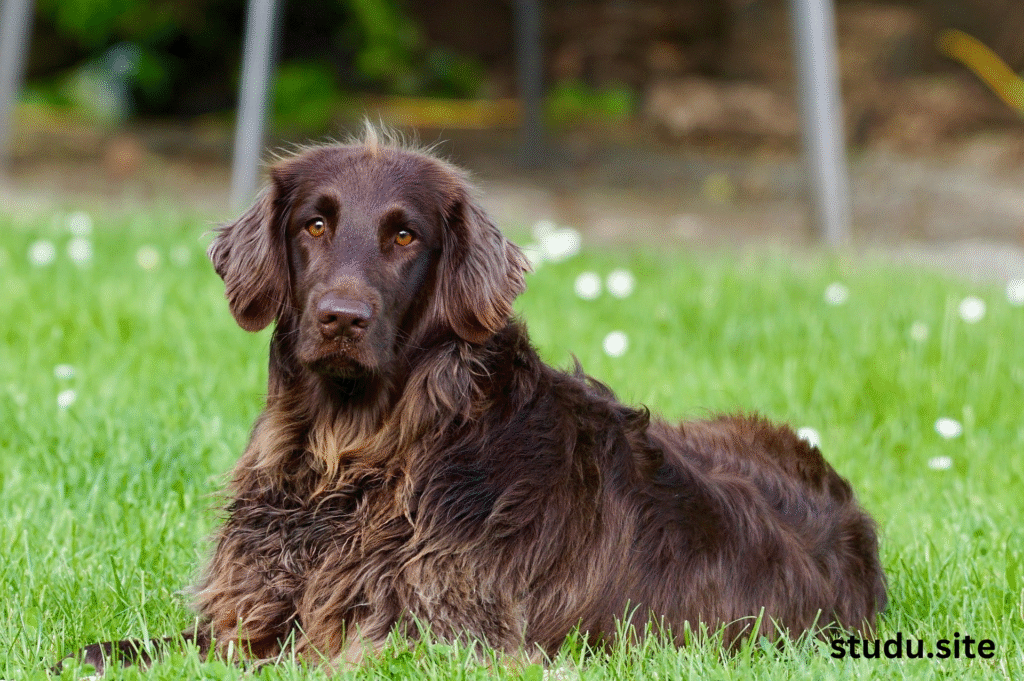Introduction to Can Dogs Have Celery?
As a dog owner, you’ve likely wondered, “Can dogs have celery?” With celery being a crisp, low-calorie vegetable often found in human diets, it’s natural to consider sharing it with your furry companion. In 2025, pet nutrition is a buzzword, with communities like X abuzz with hashtags #DogDiet and #PetHealth, demonstrating increased interest in healthy, safe treats for dogs.
This ultimate guide discusses whether or not celery is safe for dogs, its pros and cons, ways to prepare it, and expert tips to keep your dog happy and healthy.

Is Celery Safe for Dogs?
Yes, dogs may have celery as a treat, and according to the American Kennel Club (AKC), it is a safe and non-toxic treat. Celery is a low-calorie, high-fiber vegetable full of nutrients and is a good snack for most dogs. With 66% of US households keeping pets in 2024, says the American Pet Products Association, pet owners are finding more and more nutritious human foods to add to their dog’s diet.
But preparation and moderation are paramount in making sure celery is safely included in your dog’s regimen.
Nutritional Value of Celery for Dogs
Celery has a few health benefits when added to the dog’s diet in moderation:
-
Low-Calorie Snack: With mere 14 calories per cup of chopped celery, it’s a great option for obese dogs or those on a calorie-controlled diet, which is applicable to 56% of dogs, according to a 2024 Banfield Pet Hospital report.
-
High in Fiber: The fiber content of celery aids in proper digestion, avoiding constipation and ensuring regular bowel movements.
-
Rich in Nutrients: Celery is rich in vitamins A, C, and K, which promote vision, immune function, and blood clotting, respectively. It also offers potassium and folate for overall health.
-
Hydration Boost: At 95% water content, celery is great at keeping dogs hydrated, particularly in the heat or after exercise.
-
Dental Health: The hard texture can assist in oral health by cutting plaque buildup, although it is not a replacement for regular dental care.
These virtues make celery a healthy occasional snack, but it cannot replace a well-balanced dog food that is formulated to provide your pet with essential nutrients.
Possible Risks of Giving Celery to Dogs
Despite the safety of celery, there are some risks to be aware of:
-
Choking Hazard: Celery’s stringy, fibrous texture might cause a choking hazard, particularly for small dogs or those who tend to gulp food. Always cut it into bite-sized pieces.
-
Digestive Disturbance: Excessive celery feeding can lead to diarrhea or bloating in dogs with sensitive stomachs.
-
Sodium Level: Celery contains a minimal level of natural sodium (approximately 80 mg per cup), which might be an issue for dogs having heart or kidney disease.
-
Allergy: While uncommon, some dogs are allergic to celery and will exhibit signs such as itching, swelling, or gastrointestinal disturbances.
-
Additives: Steer clear of celery that’s been prepared with dangerous toppings such as butter, salt, or dips (such as ranch dressing). Ingredients such as garlic or onions, common in celery recipes, are poisonous to dogs, according to the ASPCA.
Talk with your veterinarian prior to feeding celery, particularly for puppies, older dogs, or dogs with health conditions such as kidney disease or obesity.
How to Safely Feed Celery to Dogs
To render celery a safe and pleasant treat, observe the following preparation and feeding instructions:
1. Prepare Celery Properly
-
Wash Thoroughly: Rinse the celery stalks to eliminate pesticides or dirt.
-
Remove Strings: Peel or cut off fibrous strings to minimize choking hazards.
-
Chop into Small Pieces: Chop celery into small sizes, particularly for little breeds such as Yorkies or Chihuahuas.
-
Cook Lightly (Optional): Steaming or boiling celery makes it easier to chew, making it more digestible for older dogs or those with dental disease. No seasonings.
2. Feed in Moderation
-
Treats, including celery, should not comprise more than 10% of a dog’s daily calories, according to the AKC. For a 50-pound dog, 1/4 to 1/2 cup of chopped celery (7–14 calories) is an acceptable quantity.
-
Begin with a little bit (1–2 inches) and gauge your dog’s tolerance.
-
Scale portions according to size: smaller dogs receive a few small pieces, while breeds such as Golden Retrievers can receive more.
3. Observe for Reactions
-
Gradually introduce celery and watch for digestive upset signs such as vomiting or diarrhea.
-
Monitor for allergies, such as itching, redness, or ear infections, and contact your vet if symptoms occur.
-
Make your dog chew slowly to avoid choking.
4. Stay Away from Unsafe Preparations
-
Never serve celery with unsafe ingredients such as peanut butter with xylitol, cream cheese, or flavored dips.
-
Avoid celery in human food such as soups or stir-fries that can include unsafe spices or oils.
-
Browse X for #DogSafeTreats to discover innovative means pet owners add celery to their dogs’ diets, such as freezing it for a refreshing summer snack.
Breed and Health Considerations
Celery appropriateness depends on the dog:
-
Small Breeds: Pomeranians or Shih Tzus require small pieces so as not to choke.
-
Senior Dogs: Cooked, more tender celery is preferable for dogs with soft teeth.
-
Overweight Dogs: Celery’s low calorie content makes it perfect for weight management.
-
Dogs with Kidney Problems: Excessive sodium can be an issue; talk to a vet.
-
Puppies: Feed in small quantities, since their guts are delicate.
Your vet can give personalized advice on your dog’s breed, age, and health.
Alternatives to Celery for Dogs
If celery is not suitable for your dog, use these safe alternatives:
-
Carrots: Low-calorie, crunchy, and full of vitamin A.
-
Cucumber: Low-calorie and refreshing, perfect for warmer days.
-
Green Beans: Fiber-filled and satisfying, great for weight management.
-
Blueberries: Antioxidant-dense and sweet.
Check out X with #HealthyDogTreats for more ideas about healthy snacks.
Common Myths About Dogs and Celery
-
Myth: Celery is poisonous to dogs.
Fact: Plain celery is safe in moderation, but additives can be dangerous. -
Myth: Celery can be substituted for a dog’s regular diet.
Fact: It’s a treat, not a replacement for complete dog food. -
Myth: All dogs are equally tolerant of celery.
Fact: Some dogs can have digestive upset or allergies, so approval from the vet is necessary.
Expert Tips for Feeding Celery to Dogs
Veterinary and nutrition specialists offer these tips:
-
Dr. Lindsey Bullen, DVM: “Celery makes a wonderful low-calorie treat, but chop it well to avoid choking, particularly for small breeds.”
-
Pet Nutritionist Kymythy Schultze: “Use celery as a training treat or combine with peanut butter safe for dogs for change.”
-
X Community: Members such as @PuppyPal recommend freezing celery sticks for teething puppies or hot weather.
Where to Learn More About Dog-Safe Foods
Feel free to expand your knowledge with these resources:
-
AKC.org: Provides safe human foods for dogs to follow.
-
ASPCA.org: Has toxic and safe food lists.
-
X Posts: Search #PetDiet for live dog owner advice.
-
Veterinary Blogs: PetMD and VCA Hospitals provide expert nutritional counsel.
Conclusion
Celery is safe for dogs as a low-calorie, nutritious snack when prepared correctly and given in moderation. Its fiber, vitamins, and water content make it a healthy food, yet choking hazards or upset stomachs pose risks. By washing, chopping, and serving plain celery, you can treat your dog without harming their health. In 2025, pet owners on X exchange creative celery treat ideas using #DogTreats, creating a community of educated care. For additional tips on pet nutrition, go to akc.org or see your vet. Enjoy a fresh celery treat with your dog today!
